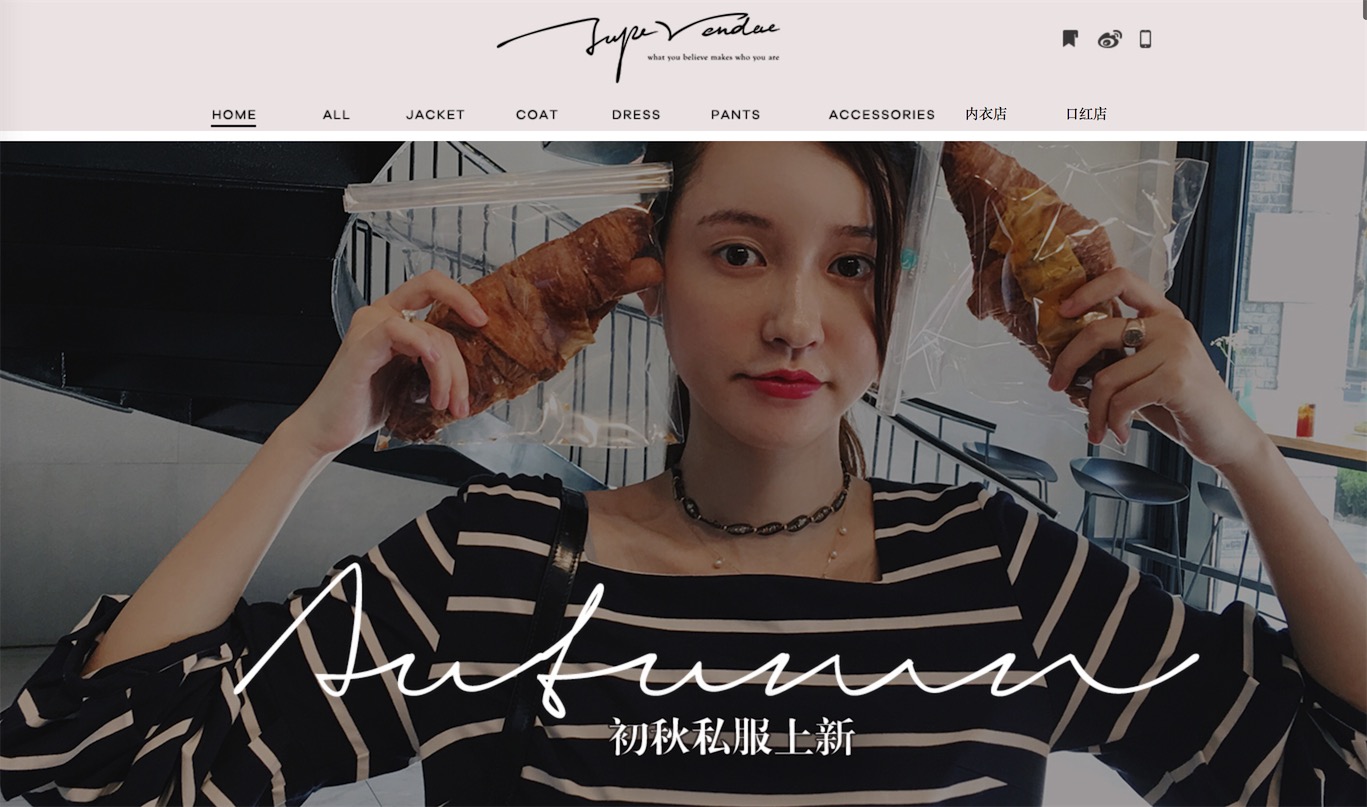Leveraging KOL to e-commerce success in China
With disruption from the online influencers, China is now featuring a new round of decentralization. Big B2C e-commerce platforms are struggling with traffic growth and the surging traffic acquisition prices.
by Davy Huang
Online celebrities can no longer be perceived only as a marketing tool in China. Being phrased as the ‘lifestyle specialists’, the Chinese online celebrities are now forming a formidable force to help brands and retailers bump up sales, create market awareness, and educate consumers of new lifestyles.
But they are not satisfied with this position. With the online celebrity market becomes increasingly competitive, the online influencers, or Key Opinion Leaders (KOLs), are slowly building up their own sales channels, in order to monetize the influence bestowed by their followers. From taking a fixed rate for market campaigns, to taking a cut from the sales, to launching branded storefronts, the successful KOLs are becoming an integrated part in the retail business.
Debunking the multi-million KOL storefront - Eve
Zhang Dayi, or Eve by her English name, is a popular online celebrity in China with more than 5 million followers on Weibo, one of the biggest social media platforms in China. She was also famous for owning an online fashion storefront that had generated over 20 million RMB worth of orders during one live-streaming campaign on Singles Day 2016 (November 11). The success behind Eve’s online store was attributed to an ‘invisible’ company called Ruhnn, a KOL incubator agency and e-commerce operator who handles the merchandising and operation of a dozen KOL storefronts.

The business model in the case of Eve, can be divided into 3 stages:
In the first stage, the agency and KOL cooperate to acquire followers on multiple social media platforms and establish their online identity. The agency will dive deep into the profile and preferences of their followers, and design fashion apparels according to the data collected.
In the second stage, the agency will send the designs of apparels to factory, and estimate the sample orders based on pre-orders collected from their followers. Delivery of these samples will take weeks, or even months. The key in this stage is to convert followers to customers, and the KOL takes care of the customer side, while the agency takes care the supply chain.
In the third stage, the storefront of KOL has accumulated quite some customers, and KOL continues to engage with customers through various live-streaming campaigns. KOL and agency attempt to satisfy the demand of customers either by sourcing new products or producing new series of products.

Eve's own branded storefront
In the case of Eve, the boundaries between the KOL and the retailer is blurred. On one hand, they are doing what they do best – marketing the products and the sites; but on the other hand, their insight into the behavior of the followers and their unique curating expertise are also contributing to the merchandising of the retailer.
The flow of data between the agency and the KOLs in this case is remarkable – both party need the statistics and data collected from the storefronts, the backend supply chain, the social media accounts, the video blogging platforms to optimize the products offer to the customers.
What are the impacts to retailers?
The Chinese KOL industry is reportedly to worth 12 billion USD in 2017. With disruption from the online influencers, China is now featuring a new round of decentralization. Big B2C e-commerce platforms are struggling with traffic growth and the surging traffic acquisition prices. While KOLs, are moving upstream the supply chain to gain more control over merchandising after securing their traffic foothold.
The Chinese market now is full of products and brands, and to stand out in the China market will require retailers to take innovative approach to build marketing channels through KOLs to reach end customers. In the next few years, to better leverage and manage KOLs for marketing purposes, as well as to integrate the KOL and other small ‘b’s for distribution will be a big opportunity (and in the same time, a big challenge) for retailers to success in China.
However, it is often easier said than done.
To manage cooperation with KOLs will require retailers to develop a sophisticated system to select, filter segment, and evaluate available candidates for maximum return. Integrating influencers and small distributors in the channel strategies will also require a flexible supply chain to deal with diversified demands (drop-shipping, parcel white-label, etc) from end customers. Foreign businesses will need a local partner with extensive experience to adapt to the dynamic China market.